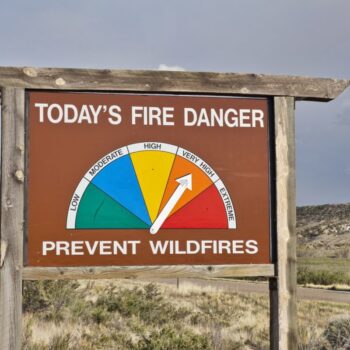As the concentration of CO2 in the atmosphere rises, so does the extreme climate risk that critical and possibly irreversible tipping points will be breached.
The risk rises significantly above 3°C when it becomes likely that some of these tipping points will create feedback loops. This would further accelerate warming. The consequences of breaching tipping points go beyond the direct physical impacts. They would include major socio-economic disruption and an increased likelihood of instability and conflict.
Mounting evidence and understanding of extreme climate risk is likely to fundamentally change political decision-making and broader geopolitics. But it is unclear whether this will catalyze climate action. Even in a scenario where extreme climate risk leads to stronger climate policies, the effect on global cooperation is uncertain. For example, tipping point risk could lead to crash mitigation scenarios, or to countries going it alone, by unilaterally deploying negative emission or geoengineering technologies. Governments and international institutions should prepare for different scenarios and work to reduce the risk of geopolitical tension or unintended consequences.
Read the full briefing here.


